Dharamshala’s appeal extends far beyond its geographical location. Rather, this place is a unique cultural melting pot where Tibetan, Himachali, and British influences converge
Published in the Sunday Indian Express Magazine - Eye on 17 March, 2024
Last week, the cricketing world was treated to a spectacular view as the 5th test match between India and England unfolded against the breathtaking backdrop of the snow-capped Dhauladhar ranges in Dharamshala. I am already a huge fan of test cricket, but the backdrop of the mountains made this test match even more worth watching. With another emphatic series win under our belt, I wanted to talk about Dharamshala today. Because wherever Indian cricket goes, interest in that destination soon follows. At Veena World too, we saw a 400 percent jump in the number of daily searches for Dharamshala. Given this surge in interest, let’s begin with the famous cricket stadium. Because after all, it is the main reason why we are discussing this in the first place.
The Dharamshala Cricket Stadium, officially known as the Himachal Pradesh Cricket Association Stadium, stands as one of the most picturesque cricket venues in the world. With views that rival the Newlands stadium in Cape Town, South Africa or the famous Adelaide Oval in Australia, this ground boasts a main stand that has been built in Tibetan architectural style. It was the first in India to pioneer the use of Ryegrass, which helps ensure grass survival in the chilly conditions of the north.
Some in the English fan contingent popularly known as the Barmy Army, called it one of the most beautiful sporting venues in the world. Located in the heart of Dharamshala, this stadium is not just a place for sports but a spectacle in itself, drawing visitors not only for its cricketing contests but also for its breathtaking beauty. On all Veena World tours to Dharamshala, this is an item that is always on everyones bucketlist. For the record, of the 500+ products and itineraries that we have as a part of the Veena World portfolio, only 5 cricket stadium tours make an appearance (Lords London, Melbourne Cricket Ground, Sydney Cricket Ground, Kuala Lumpur Cricket Field and finally the Dharamshala Cricket Stadium).
At an elevation of 1,457 meters above sea level, it offers a unique experience where the thrill of cricket blends seamlessly with the backdrop of the surrounding landscape. The stadium, with its lush green outfield and state-of-the-art facilities, has truly become a symbol of pride for the state of Himachal Pradesh. Its captivating setting makes watching a game or even a visit here an unforgettable experience, as spectators can enjoy the sport while being enveloped by the natural grandeur of the mountain ranges.
Now that we have got the ball rolling, let’s zoom out a bit and talk about Dharamshala. Draped in the shadow of the mighty Dhauladhar ranges, Dharamshala’s geography is as dramatic as it is serene. Situated in the north Indian state of Himachal Pradesh, this town stretches across elevations from 1,250 meters (4,100 feet) in the lower reaches of the Kangra Valley to over 1,750 meters (5,740 feet) in McLeod Ganj and beyond. The geographical diversity of Dharamshala offers a canvas of lush valleys, dense forests, and high-altitude grasslands, crafting a landscape that is both a trekker’s delight and a nature lover’s paradise.
But Dharamshalas appeal extends far beyond its geographical location. Rather, this place is a unique cultural melting pot where Tibetan, Himachali, and British influences converge, creating a rich mix of traditions, architecture, and cuisine. It is also often known as the home-in-exile of the Dalai Lama. To understand how this came to be, let’s dive into a little bit of history then. Initially, Dharamshala was just a quiet hill station, largely uninhabited and unknown to the world until the British Raj in India discovered its potential as a garrison town in the mid-19th century. The establishment of a military cantonment in 1849 marked the beginning of Dharamshalas transformation. The British were awed by its mild climate and the beauty of the surrounding nature, making it a summer retreat for officials seeking respite from the scorching Indian summers. The year 1959 stands as a pivotal moment in the annals of Dharamshalas history when it established its Dalai Lama connection.
The Dalai Lamas connection with Dharamshala is a profound chapter in the towns history, transforming it into a symbol of Tibetan culture and spirituality. Following his flight from Tibet in 1959, in the wake of the Tibetan uprising against Chinese occupation, the 14th Dalai Lama, Tenzin Gyatso, sought refuge in India. The Indian government offered him asylum, and Dharamshala was chosen as the site for his residence and the seat of the Tibetan Government-in-Exile. This pivotal event marked the beginning of Dharamshalas evolution into a global centre for Tibetan Buddhism and the preservation of Tibetan culture.
The Tsuglagkhang Complex, where the Dalai Lama resides, has become a place of pilgrimage for Buddhists and visitors from around the world, eager to seek wisdom and peace. The presence of the Dalai Lama has imbued Dharamshala with a sense of hope and spiritual renewal, making it a sanctuary for those seeking solace and enlightenment, and reinforcing the towns status as a bastion of Tibetan identity and resistance. Over the decades, Dharamshala has evolved from a colonial hill station and a refuge for Tibetan exiles into a vibrant, multicultural town that thrives on its diversity. It is because of this very Tibetan connection that Dharamshala today resonates with the echoes of Tibetan chants and the vibrancy of Buddhist flags fluttering in the breeze, creating an atmosphere of peace and contemplation.
A question then often pops up, apart from the Cricket Stadium, what is there to see in Dharamshala? So at the heart of its attractions is the Tsuglagkhang Complex, the Dalai Lama’s residence. This sprawling complex, which we spoke about earlier is not only a spiritual centre for Tibetan Buddhism but also houses the Namgyal Monastery, Tibet Museum, and several stupas, temples, and libraries. Just outside, the streets of McLeod Ganj bustle with cafes, bookshops, and markets selling Tibetan handicrafts, offering a glimpse into the daily lives of the Tibetan diaspora.
Nature enthusiasts will find their haven in the majestic Dhauladhar ranges. The Triund trek, a popular trail, offers breathtaking views of the Kangra Valley and the snow-clad peaks of the Dhauladhars. For those looking for a less strenuous experience, a visit to the Bhagsunag Waterfall provides a setting, perfect for relaxation and nature walks. Dharamshala also boasts the Dal Lake a small yet picturesque body of water surrounded by deodar forests, invoking a sense of calm and introspection.
Beyond natural beauty and spiritual exploration, Dharamshala is steeped in history and art. The Kangra Art Museum displays artifacts that trace the cultural and artistic history of the region, including miniature paintings, traditional costumes, and sculptures. The Norbulingka Institute is another gem, dedicated to the preservation of Tibetan art and crafts. Here, visitors can see artisans at work, creating intricate thangkas, woodcarvings, and metalworks. For a taste of local life and history, the Kangra Fort, one of the oldest forts in India, offers a glimpse into the region’s rich past through its ruins and museum. Near Dharamshala, the Masroor Rock Cut Temples are an archaeological wonder, often referred to as the "Ellora of Himachal Pradesh," dating back to the 8th century. Each of these sites in Dharamshala serves as a window into the soul of this enchanting town, making it a destination that captures the essence of nature, spirituality, and human creativity.
How can we end this discussion without a mention of the food here? The local cuisine of Dharamshala is a delightful fusion that blends Tibetan flavours with traditional Himachali fare. Tibetan dishes, such as momos (steamed or fried dumplings) and thukpa (a hearty noodle soup), are famous here. These dishes, known for their simplicity and warmth, are perfectly suited to the cool climate of the hills. Meanwhile, the Himachali cuisine offers its own rustic and robust flavours, with dishes like Dham (a traditional festive meal consisting of rice, lentils, and curries made from local ingredients) and Siddu (steamed bread filled with local ingredients) being favourites. The use of locally sourced herbs and spices in both cuisines adds a unique touch to the food, making it a flavourful journey into the region’s culinary traditions.
All in all, each of these sites and experiences, serve as a window into the soul of this enchanting town, making it a destination where you will truly celebrate life. Have you been to Dharamshala? What was your experience like? I would love to know, so write to me at neil@veenaworld.com That’s it from me today, see you next week, but until then... keep Celebrating Life!











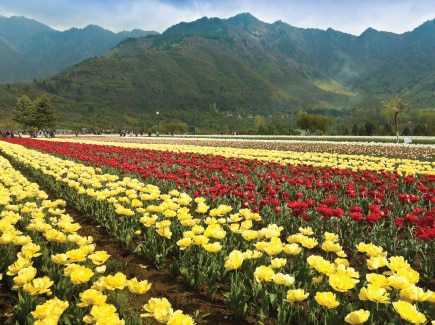
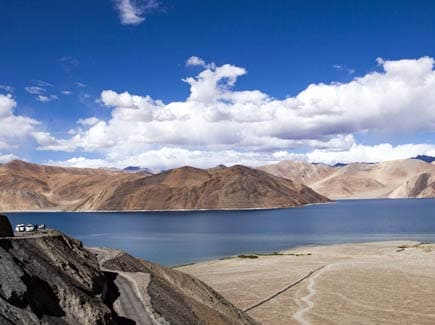

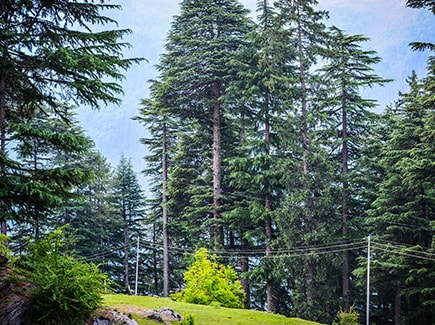
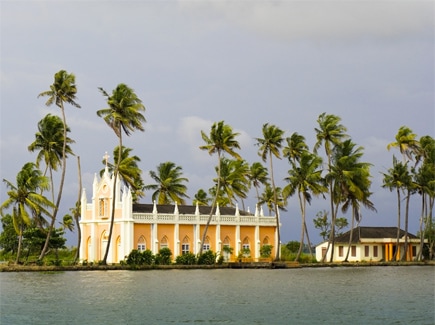

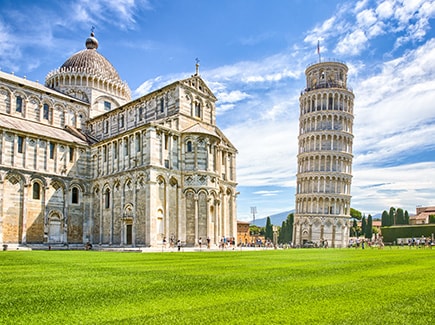
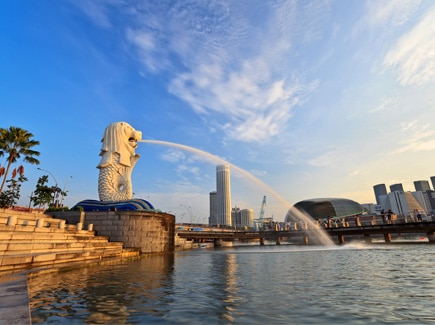
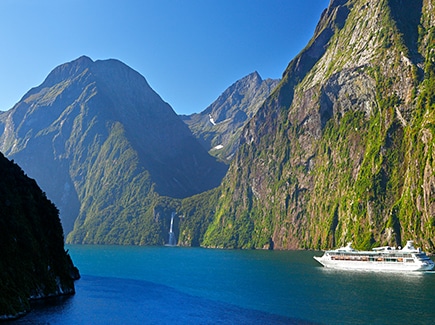
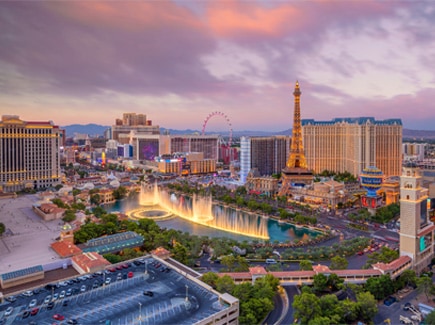
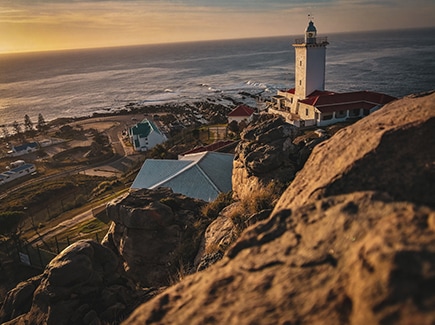
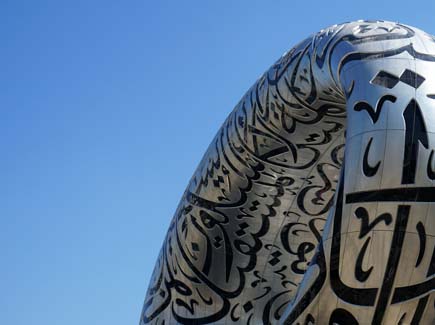











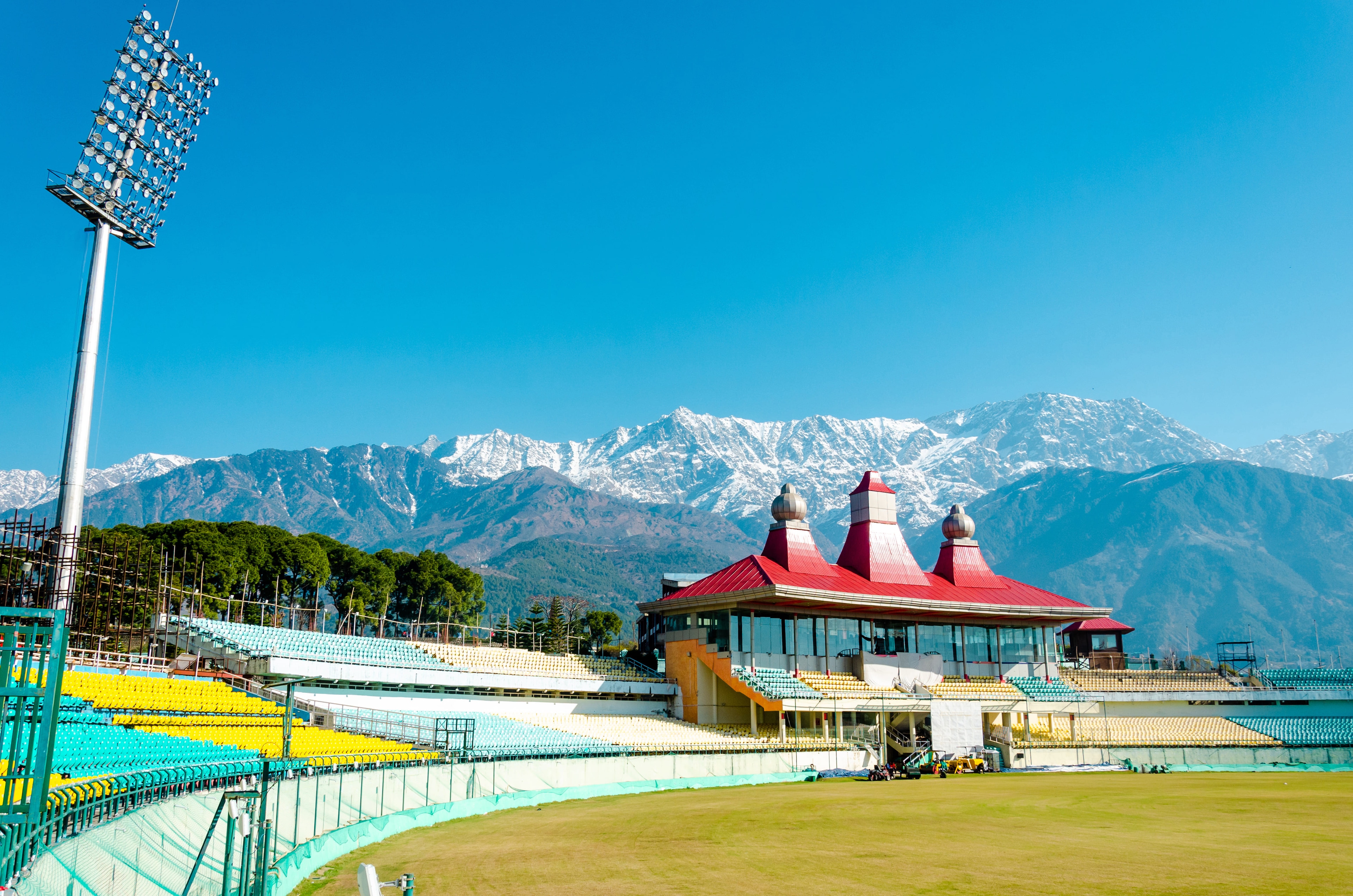

























Post your Comment
Please let us know your thoughts on this story by leaving a comment.